You might wonder if you can get a plant that’ll grow at a reasonable rate. Most plants grow rapidly with adequate water, temperature and nutrients. So, which plants’ growth can suit your taste? Thankfully, there are some plants that grow slowly which you can get.
These plants don’t take up too much space and can grow with minimum sunlight, water, and fertilizers.
Thus, if slow-growing plants are what you’re looking for, you’ll find them here. We’ve listed the top slow-growing plants that won’t stress you and added how to take care of them.
The Benefits Of Slow-growing Plants
- They don’t need as much water.
- They don’t need as much fertilizer.
- They don’t need as much light.
- They don’t need as much attention.
- They’re perfect for beginners.
The Top 10 Slow-growing Plants For Your Home
1. Aloe Vera
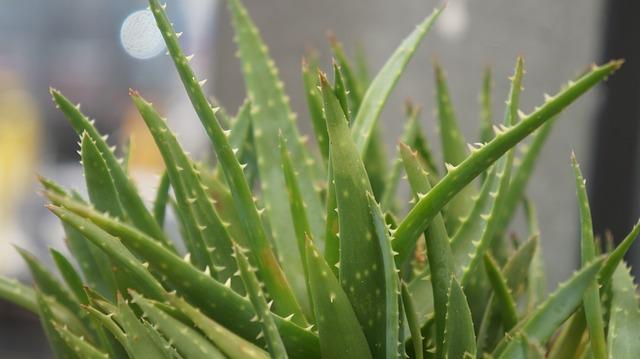
Aloe vera is a popular succulent that is easy to care for and is known for its healing properties. The gel inside the leaves can be used to soothe burns and cuts. These plants grow best in bright, indirect light and should be allowed to dry out between waterings.
2. Bamboo
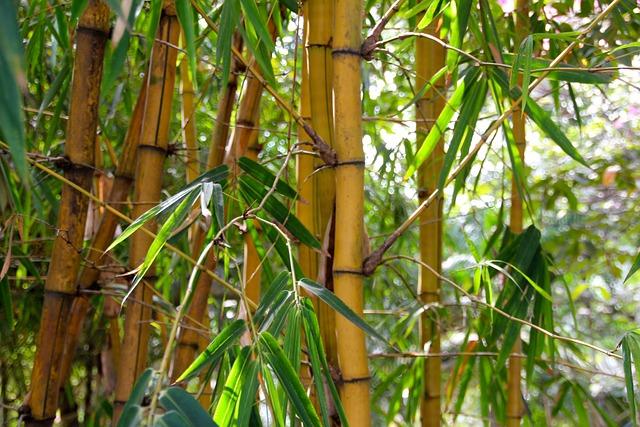
Bamboo is a fast-growing grass that can add a tropical feel to your home. There are different varieties of bamboo, some of which can grow up to a foot per day! Bamboo does best in bright, indirect light and evenly moist soil.
3. Cactus
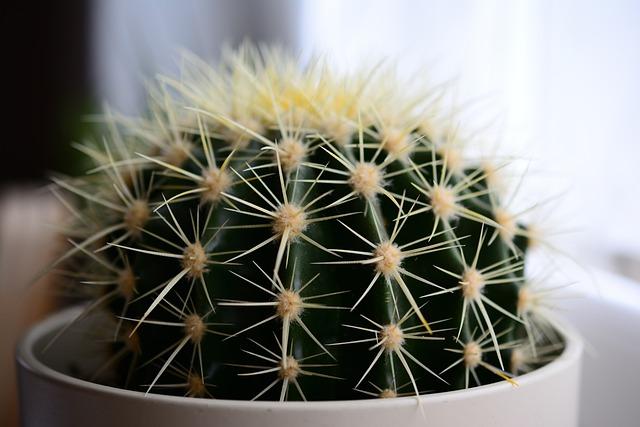
Cacti are succulents that come in a wide range of shapes and sizes. These plants are very easy to care for and can tolerate long periods of drought. Cacti need bright, direct light and well-drained soil. Be sure to water your cactus only when the soil is completely dry.
4. Ferns
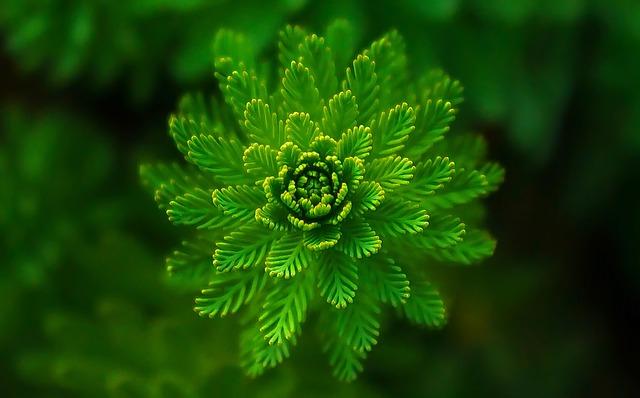
Ferns are a type of plant that reproduces by spores instead of seeds. They come in a wide variety of shapes and sizes and can be used to add a tropical feel to your home. Ferns prefer humid environments and need to be kept out of direct sunlight. Water your ferns regularly, keeping the soil moist but not soggy.
5. Orchids
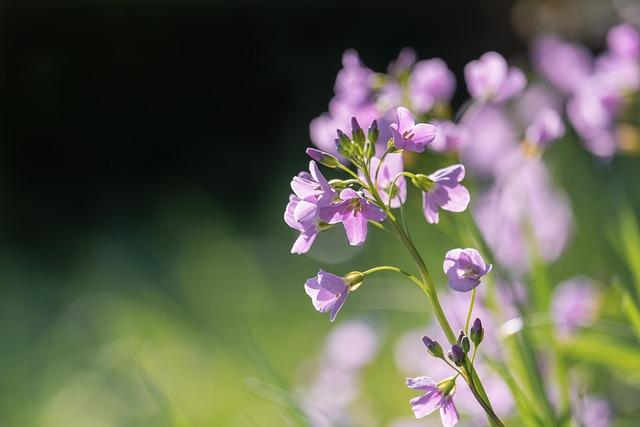
Orchids are a type of epiphytic plant, which means they grow on other plants or objects instead of in the ground. There are over 20,000 different species of orchids, making them one of the most diverse groups of plants in the world. Orchids need bright, indirect light and well-drained soil. Water your orchid when the potting mix is dry to the touch.
6. Peace Lily
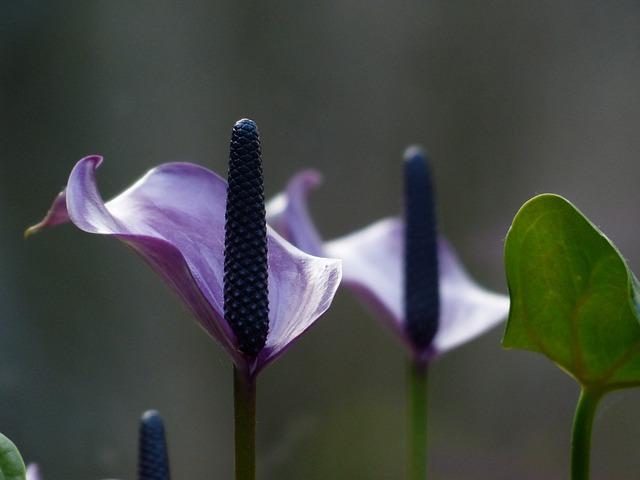
The peace lily is a popular houseplant that is known for its ability to purify the air. These plants prefer shady locations and should be allowed to dry out between waterings. Peace lilies need to be fertilized every month during the growing season.
7. Snake Plant
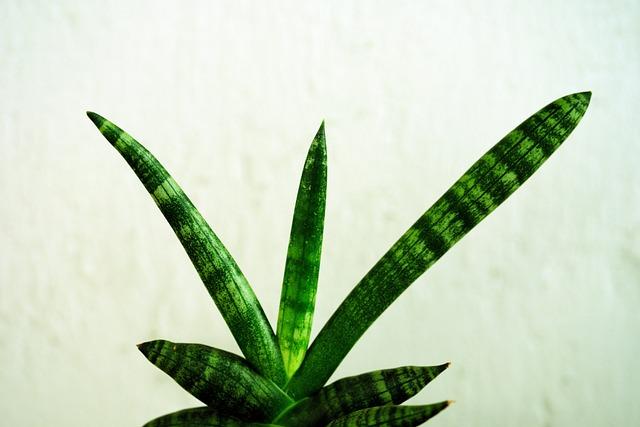
The snake plant is a popular succulent that is known for its ability to thrive in low-light conditions. These plants are very easy to care for and can tolerate long periods of drought. Snake plants need bright, indirect light and well-drained soil.
8. Succulents
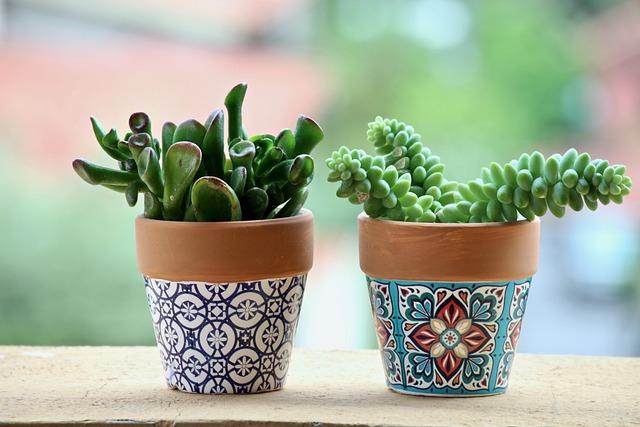
Succulents are a type of plant that stores water in their leaves, stems, or roots. These plants come in a wide variety of shapes and sizes and are very easy to care for. Succulents need bright, direct light and well-drained soil.
9. Tropical Houseplants
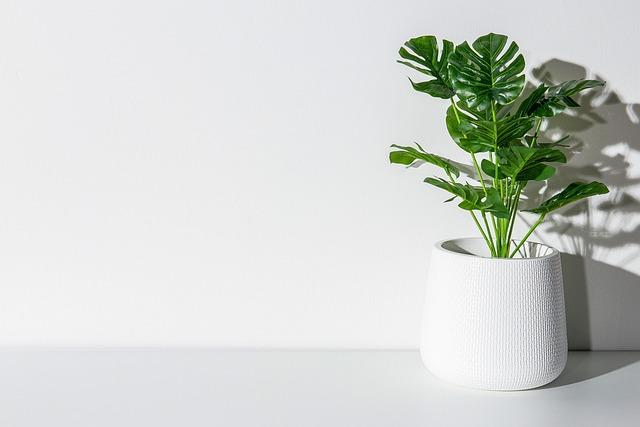
Tropical houseplants are a type of plant that is native to the tropics. These plants come in a wide variety of shapes and sizes and can add a touch of the tropics to your home. Tropical plants prefer humid environments and need to be kept out of direct sunlight. Water your tropical plant when the potting mix is dry to the touch.
10. Yucca
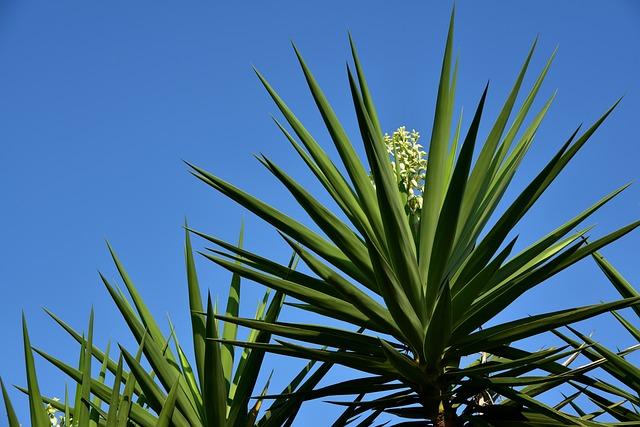
Yucca is a type of succulent that is native to the deserts of the southwestern United States. These plants are very easy to care for and can tolerate long periods of drought. Yuccas need bright, direct light and well-drained soil. Be sure to water your yucca only when the soil is completely dry.
How To Choose The Best Slow-growing Plants For Your Home
When choosing plants for your home, it is important to consider the amount of space you have and the amount of sunlight the area receives. Some plants require more care than others, so it’s important to do your research before making a purchase.
Here are some tips for choosing the best slow-growing plants for your home:
- Consider the amount of space you have. If you have a small space, choose plants that do not require a lot of room to grow.
- Consider the amount of sunlight the area receives. Some plants require more sunlight than others, so make sure to choose a plant that will be able to thrive in the amount of light you have available.
- Consider the amount of care required. Some plants require more care than others, so make sure you are willing to put in the time and effort required to care for your plant before making a purchase.
- Do your research. There are a lot of resources available online and in-plant stores that can help you choose the best plant for your home. Talk to experts and read up on care instructions before making your final decision.
How To Care For Slow-growing Plants
When it comes to slow-growing plants, there are a lot of different species to choose from. Do some research to find the best plant for your needs and your growing conditions.
- Most slow-growing plants prefer moderate to bright light, so choose a spot in your home or garden that gets a few hours of sunlight each day.
- Slow-growing plants are usually pretty drought-tolerant, so you don’t need to water them very often. Once a week should be plenty.
- Fertilizing slow-growing plants is important to help them reach their full potential. Use a low-nitrogen fertilizer and apply it according to the package directions.
- Pruning slow-growing plants help to encourage new growth and can also help to keep them looking tidy. Prune them back in early spring, before new growth begins.
The Best Potting Soil For Slow-growing Plants
There are a few things to keep in mind when choosing potting soil for slow-growing plants.
- The first is that the soil should be loose and well-drained. Slow-growing plants are often sensitive to overwatering, so it’s important to make sure the potting soil you choose doesn’t hold onto too much moisture.
- The second thing to consider is the nutrient content of the soil. Slow-growing plants tend to be light feeders, so you don’t need soil that’s too high in nutrients. A good general-purpose potting soil should be fine.
- Lastly, you’ll want to make sure the potting soil you choose is sterile. This is especially important if you’re growing slow-growing plants indoors. Sterile potting soil will help prevent the spread of diseases and pests.
The Best Fertilizer For Slow-growing Plants
There are a lot of different types of fertilizer out there and it can be tough to know which one is best for your plants. If you have slow-growing plants, you want to make sure you use a fertilizer that will help them grow at a healthy pace. Here are a few of the best fertilizers for slow-growing plants:
1. Compost
Compost is a great option for slow-growing plants because it is packed with nutrients that help plants grow. It also helps improve soil quality, which is important for plant health. You can make your own compost or buy it at a garden center.
2. Blood Meal
A blood meal is a natural fertilizer that is high in nitrogen. Nitrogen is an important nutrient for plants, and it helps them grow quickly. A blood meal is also a good source of other nutrients like iron and phosphorus.
3. Fish Emulsion
Fish emulsion is another great fertilizer for slow-growing plants. It’s made from fish waste and is high in nitrogen and other nutrients. Fish emulsion can be a bit smelly, so be sure to use it in well-ventilated areas.
4. Seaweed Extract
Seaweed extract is a good fertilizer for slow-growing plants because it is packed with nutrients like nitrogen, potassium, and phosphorus. It also contains trace minerals that are important for plant health. Seaweed extract can be found at most garden centers.
5. Banana Peels
Banana peels are a great way to fertilize slow-growing plants. They are high in potassium, which is an important nutrient for plants. Banana peels also contain other nutrients like phosphorus and magnesium. You can add banana peels to your compost pile or bury them around the base of your plants.
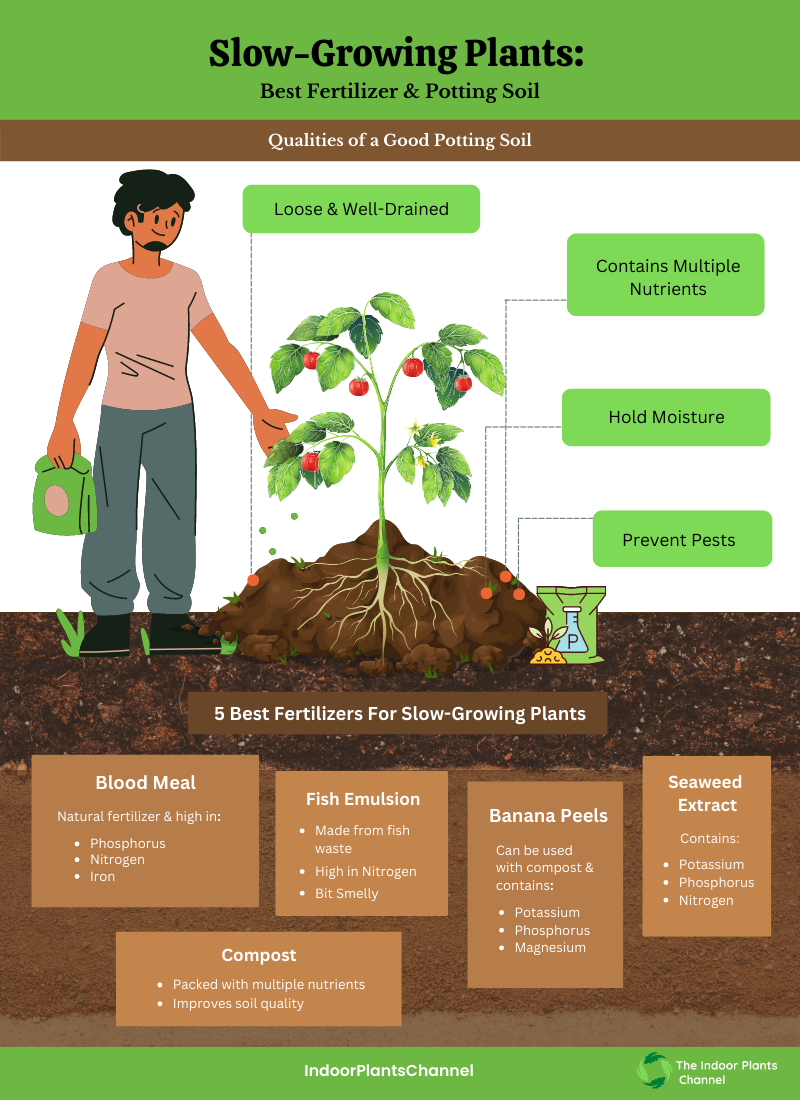
How Often To Water Slow-growing Plants
Slow-growing plants have different watering needs than fast-growing plants. They may need to be watered less often, and they may not need as much water. Here are some tips on how often to water slow-growing plants:
1. Check the soil before watering.
Slow-growing plants need less water, so you don’t want to water them if the soil is already moist. Stick your finger in the soil to check the moisture level.
2. Water in the morning.
Slow-growing plants don’t need a lot of water, so you can water them in the morning and they’ll be fine until the next day.
3. Water less often in winter.
Slow-growing plants don’t grow as much in winter, so they don’t need as much water. Water them every week or two instead of every day.
4. Don’t let the soil dry out.
Even though slow-growing plants don’t need as much water, they still need some water to stay alive. If the soil dries out, the plants will start to die.
5. Don’t overwater.
Slow-growing plants can’t handle a lot of water, so don’t overwater them. Water them less often, and make sure the soil has a chance to dry out between waterings.
Signs Of Overwatering In Slow-growing Plants
Slow-growing plants are typically those that require less water than other plants. However, overwatering can still be a problem for these plants. Here are some signs that your slow-growing plant may be getting too much water:
- The leaves of the plant are wilting or drooping.
- The leaves of the plant are turning yellow.
- The plant is not growing as quickly as it should be.
- The plant is producing fewer flowers than usual.
- The roots of the plant are rotting.
Here are some tips for fixing an overwatering problem:
- Cut back on watering. Water your plant only when the soil is dry to the touch.
- If the plant is in a pot, make sure that the pot has drainage holes to allow excess water to escape.
- Add organic matter to the soil to help improve drainage.
- If the problem is severe, you may need to repot the plant in fresh soil.
Conclusion
If you’re looking for a plant that will grow slowly and steadily over time, then you can’t go wrong with any of the plants on this list. All of them are easy to care for and will provide you with years of enjoyment. So what are you waiting for? Get out there and start growing!
Michelle Wilde
Related posts
![]()
About Michelle Wilde
Michelle Wilde is a stay-at-home mom and avid plant lover. Armed with a post-graduate degree in Computer Science (no kidding!), she loves researching plants and landscapes. When she is not caring for her 4 kids, she spends time on her passion for plants. She blogs at www.indoorplantschannel.com, the trusted source for indoor plants.
Learn more
Subscribe
* You will receive the latest posts and updates about indoor plants!
Search
Recent Posts
Categories
- Beginner Guides (10)
- FAQ (206)
- General (2)
- How-To Guides (212)
- Indoor Plants (214)
- Pest Management (2)
- Plant Problem Solutions (4)
- Seasonal Growing (2)
- Specialized Environments (2)
- Specific Plant Care (3)
- Technical Growing (2)